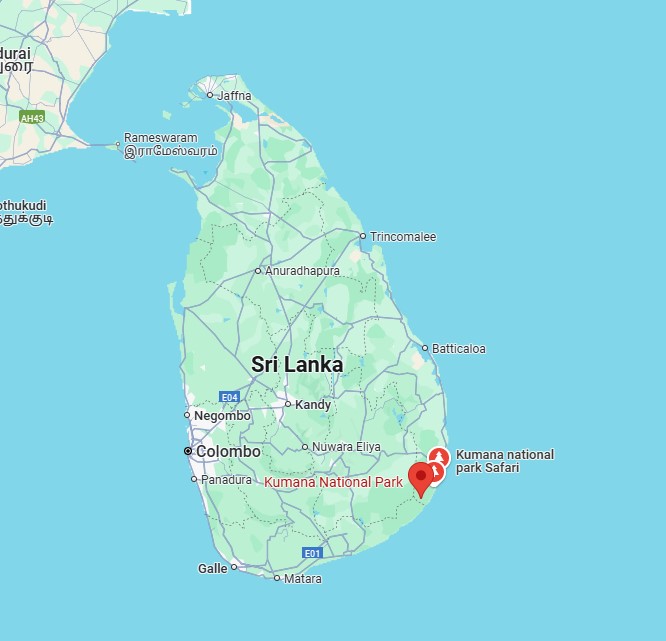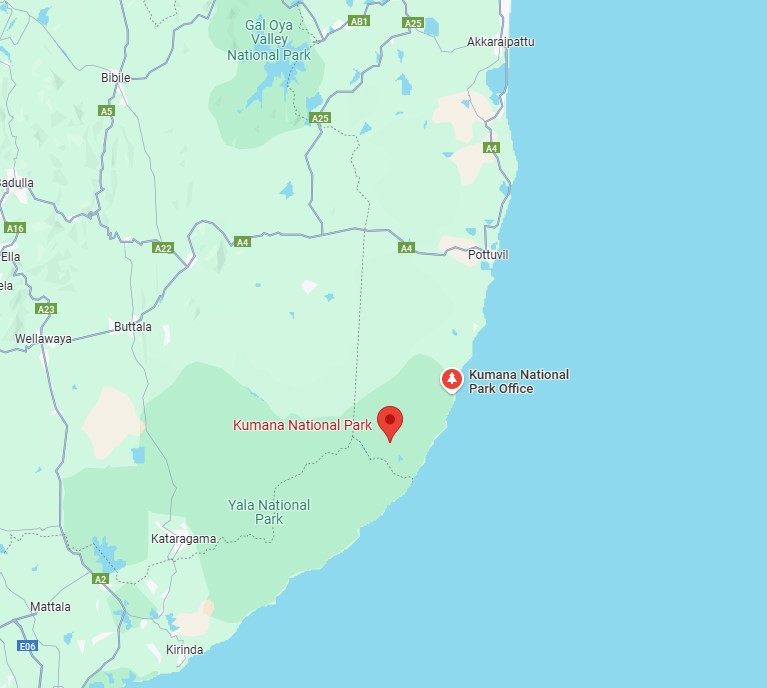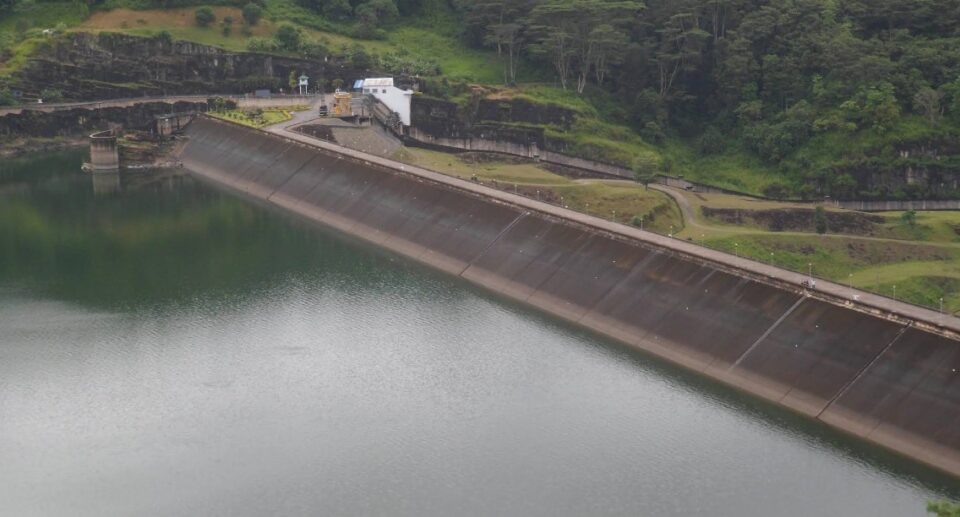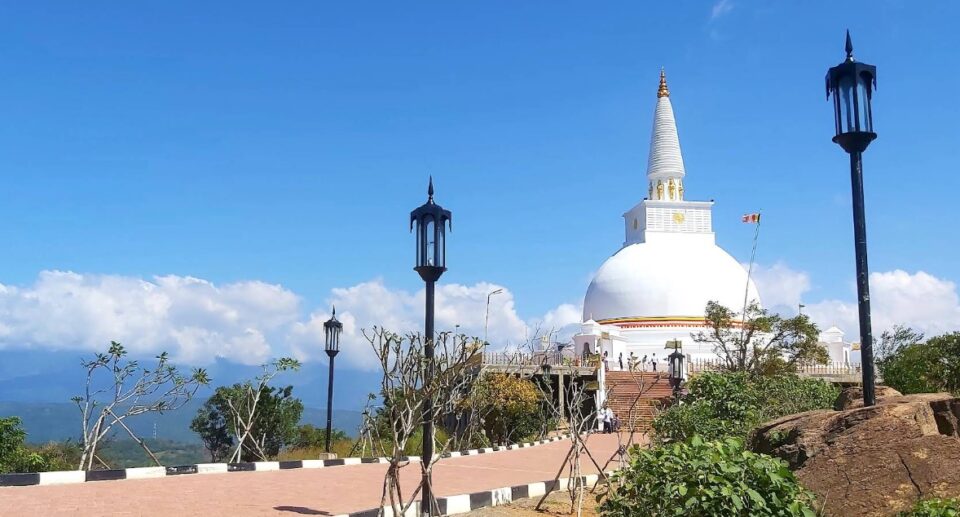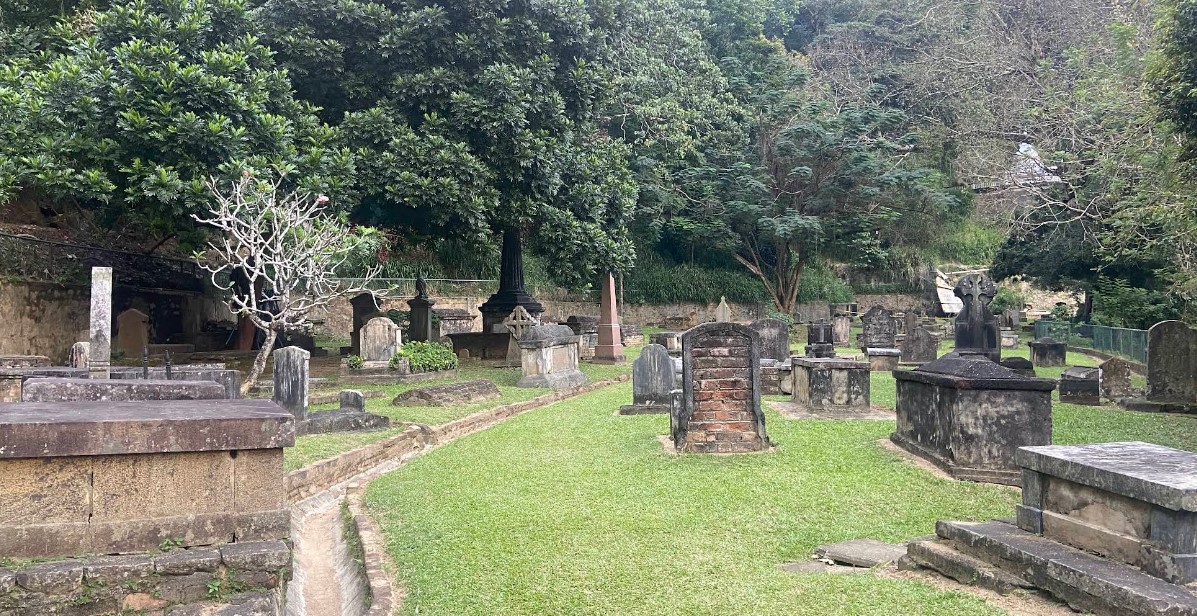Kumana National Park: A Sanctuary of Avian Wonders and Biodiversity
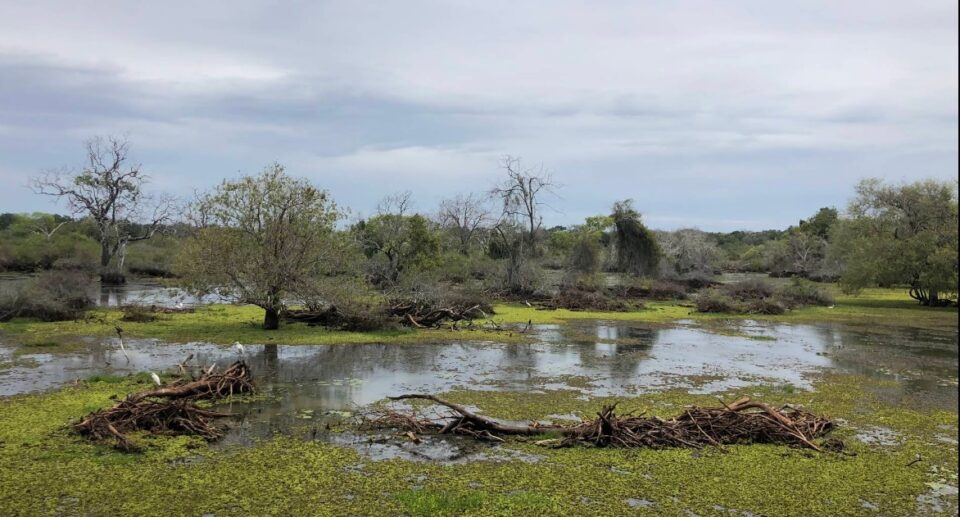
Kumana National Park, which is found along the southeastern coast of Sri Lanka, is one of the country’s most critical wildlife sanctuaries, globally renowned for its high density of birdlife, diversity of ecosystems, and cultural significance. Previously known as Yala East National Park, Kumana was declared a separate national park in 2006. Although less renowned than its western counterpart, Yala National Park, Kumana offers a peaceful, less crowded experience for nature enthusiasts and birdwatchers alike. It measures approximately 35,664 hectares and comprises a combination of lagoons, mangroves, and dry zone forests and serves as an essential breeding ground for resident and migratory birds.
Geographical Location and Topography
Kumana National Park is located within the Ampara District of the Eastern Province of Sri Lanka. The park borders the southern edge of Yala National Park and follows along the Indian Ocean coast. The landscape is characterized by flat grass plains, dry evergreen forests, marshes, marshlands, and over 20 lagoons and tanks. The most famous among these is the Kumana Villu, which is a 200-hectare wetland fed by the Kumbukkan Oya, a seasonal river, which supplies life-giving water to the region.
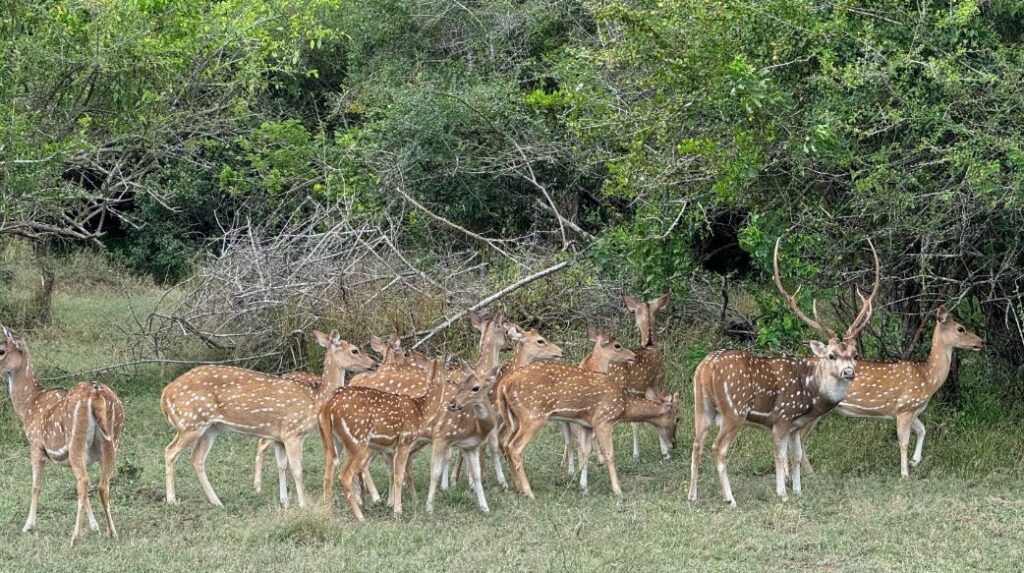
The park’s unique topography supports various ecosystems, offering ideal environments for birds and wildlife. The combined harmony of coastal wetlands and dry forests gives it the reputation of being among the most important bird breeding and nesting grounds in South Asia.
Historical and Cultural Significance
Not only is Kumana full of natural resources but also full of cultural and historical richness. Ancient ruins remains, rock inscriptions, and Buddhist temples within the park boundaries attest that this land was inhabited and consecrated hundreds of thousands of years ago. Among the outstanding archaeological landmarks is Budu Ge, a small rock temple testifying to the existence of ancient Sinhalese civilization.
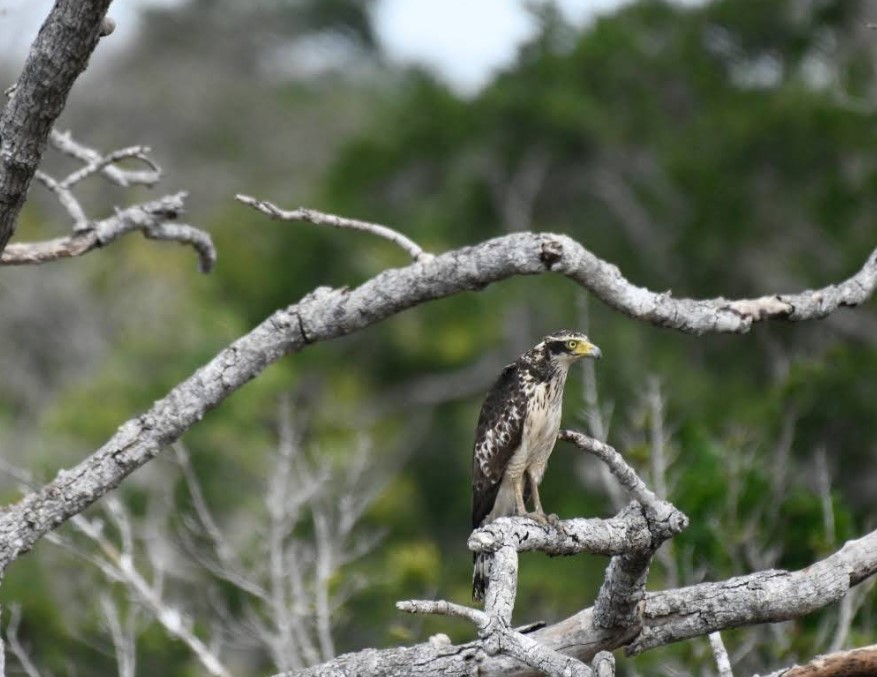
Kumana was once a part of the ancient Ruhuna Kingdom and an irrigated and agriculturally rich area, sustained by a sophisticated system of tanks and canals that exist to this day.
Biodiversity and Avifauna
Kumana is renowned throughout the world for its remarkable avifaunal richness, especially during its migratory season from April to July. The park has over 200 species of birds ranging from residents to migrants. A few of the notable birds among them are: Painted Stork, Asian Openbill, Eurasian Spoonbill, Black-necked Stork, Indian Pond Heron, Great Egret, Lesser Adjutant, Purple Heron, White Ibis, Glossy Ibis.
On top of that, uncommon species like the Lesser Whistling Duck, Common Redshank, and the Black-winged Stilt visit the park’s lagoons. The presence of numerous water bodies coupled with lush vegetation create a perfect nesting ground.
Aside from birds, there are plenty of mammals and reptiles that can be found in the park, including: Leopard (Panthera pardus kotiya) – but seldom spotted, Elephants, Golden Jackals, Wild Boar, Spotted Deer, Mugger Crocodiles, Water Monitors. Kumana also harbors a variety of species of turtles that nest along its coastal strip, including the Green Turtle and Olive Ridley Turtle.
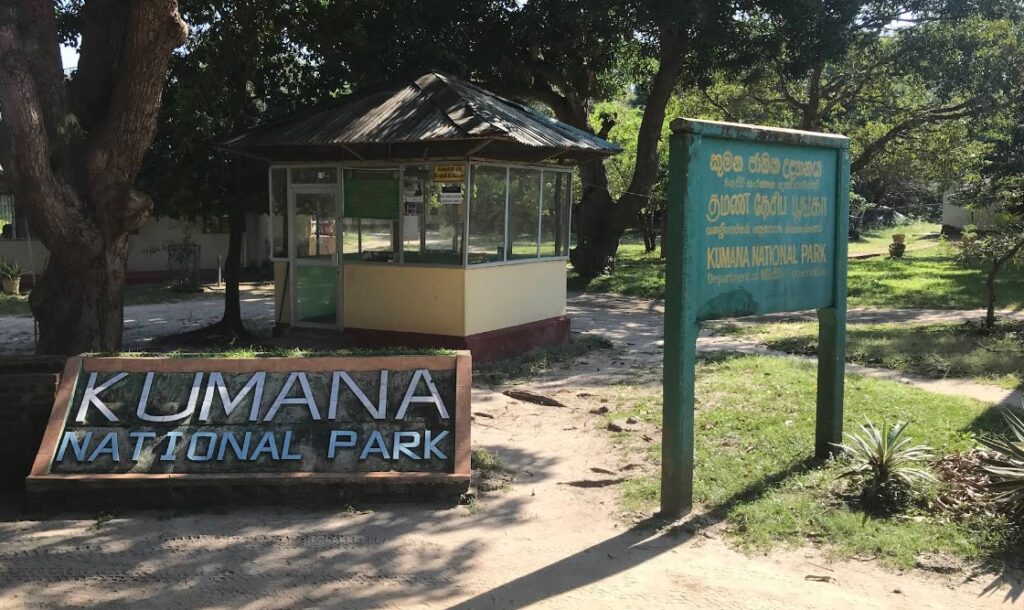
Conservation and Environmental Importance
As part of Sri Lanka’s protected area system, Kumana has an important role to play in safeguarding wetland habitats and migratory birds. Kumana is part of the Important Bird Areas (IBA) documented by BirdLife International. The park is set to contribute towards biodiversity conservation on a regional scale at a time when climate change and habitat destruction threaten most migratory routes.
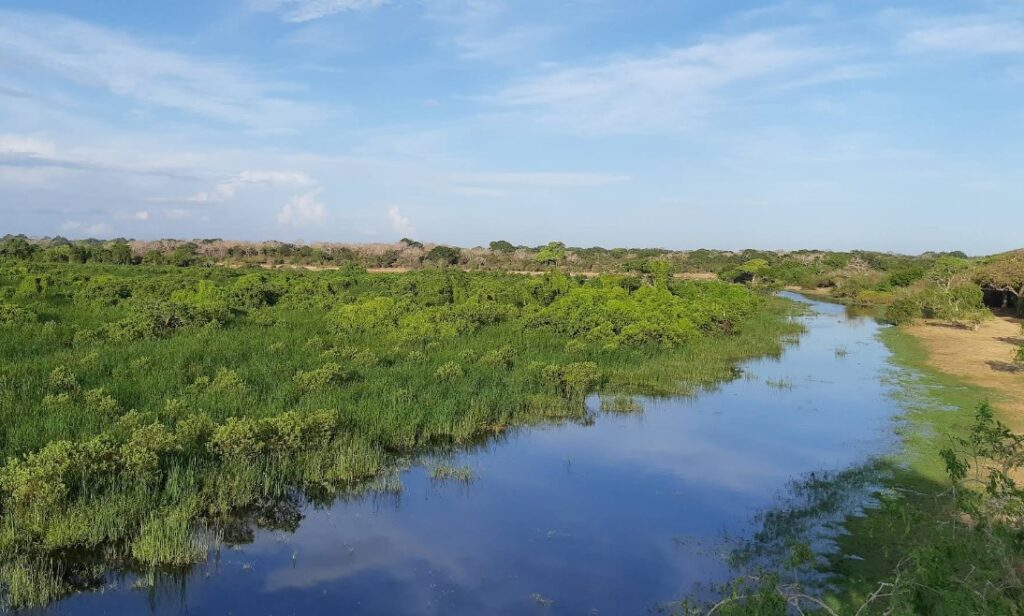
The forest and wetland ecosystems of Kumana help in groundwater recharge, flood control, and maintaining the carbon balance of the atmosphere. Its ecological significance is further brought out by the fact that the Kumana wetlands form a critical stopover and breeding site for birds migrating from as far away as Europe, Central Asia, and India.
Conservation operations to preserve Kumana’s delicate ecosystems include monitoring of water quality, protection of breeding sites, anti-poaching activities, and reducing the impact of tourism. All these operations fall under Sri Lanka’s Department of Wildlife Conservation, often in collaboration with communities and NGOs.
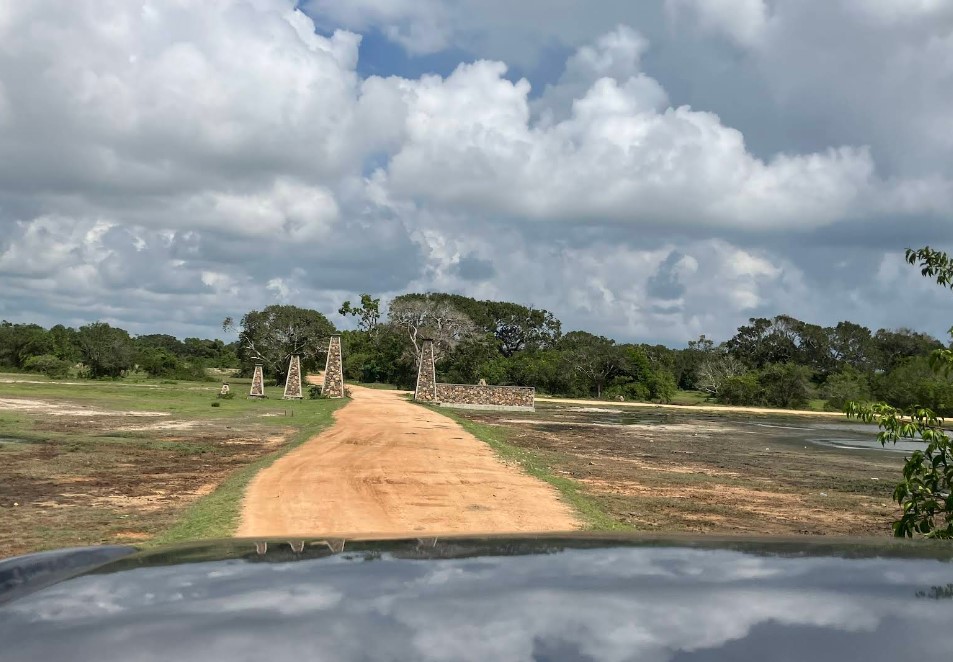
Ecotourism and Visitor Experience
Kumana offers the real and serene experience of nature to birders and wildlife photographers, as opposed to commercial Yala National Park. Kumana is off-season and cleaner, with a serene nature experience that includes minimal disturbance.
Major tourist activities are: Bird Watching Safaris (especially between April and July), Wildlife Jeep Safaris to observe elephants, jackals, and other mammals, Camping on designated grounds for an actual jungle experience, Discovery of Dispersed Ancient Ruins.
It is possible to visit the park from Panama Village (south of Arugam Bay), and it’s necessary to pass through a rugged terrain with forest cover and sand dunes before arriving there. The dry season, which is March to September, is when visiting Kumana is best, when animals and birds are more visible around water zones.
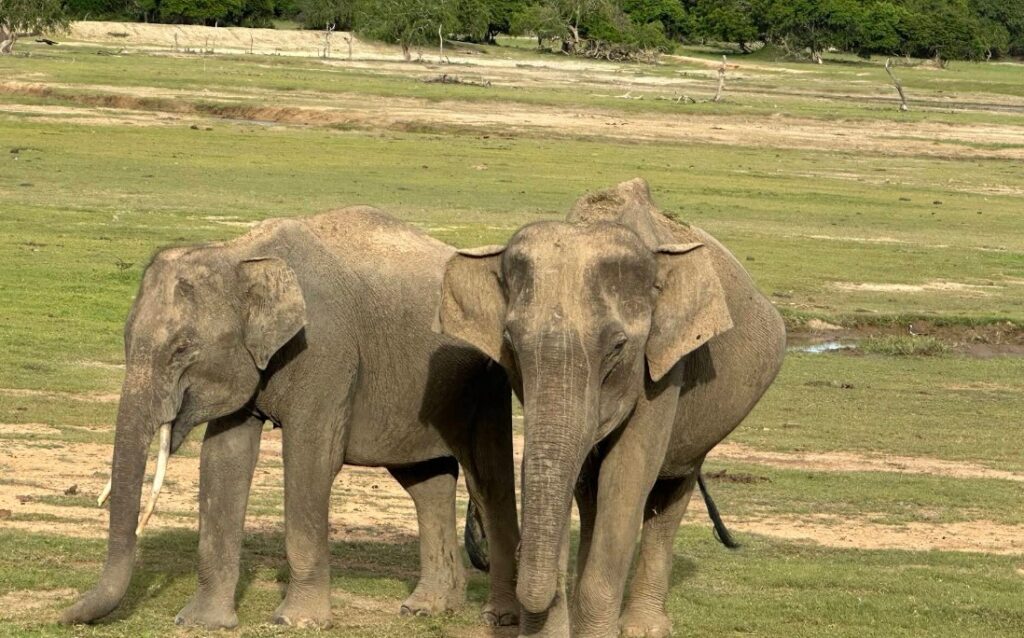
Threats and Challenges
Kumana National Park, despite its significance, is surrounded by a series of challenges: Human Encroachment: Illegal settlements and agricultural activities on the park peripheries threaten the integrity of its ecosystems. Poaching and Fishing: Unregulated fishing and poaching within the park affect species diversity and ecosystem stability.
Tourism Pressure: Although currently limited, untamed tourism can disrupt breeding habitats and injure fragile habitats.
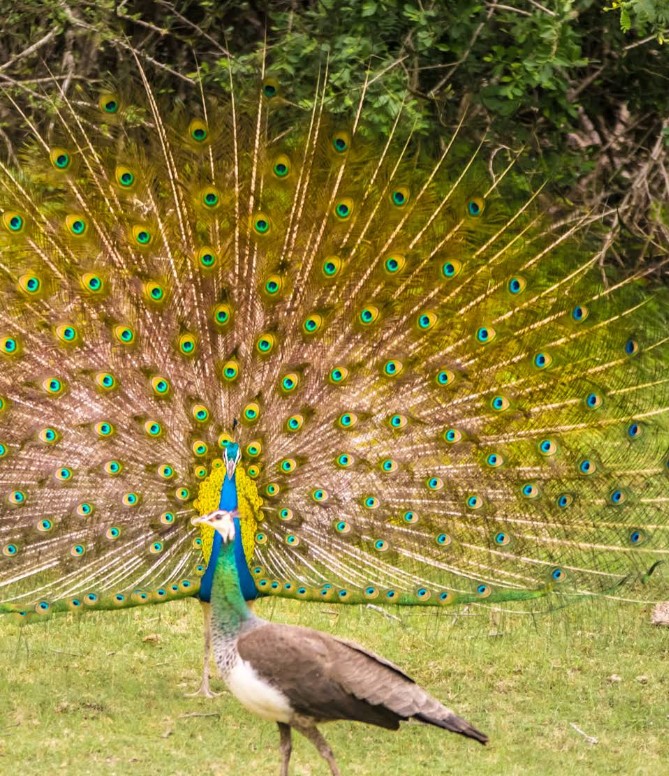
Climate Change: Disrupted precipitation patterns and rising temperatures affect water availability and bird migration patterns.
The state and conservationists are working to reduce these risks through enhanced enforcement, community involvement, and environmentally sound tourism.
Community Involvement and Education
Local people living surrounding the park play a crucial role in conservation. A number of initiatives have been put in place to involve them in eco-tourism, guiding, and park management. Human-wildlife conflict has been reduced and a culture of stewardship promoted through education initiatives and public awareness campaigns.
Many of the villagers now work as park guides, safari drivers, and operators of eco-lodges, earning economic returns that reinforce long-term conservation.
Kumana National Park is a testament to Sri Lanka’s extensive natural resources and commitment to preserving them. Its mix of wetlands, forests, and ancient past is one of the most ecologically and culturally rich locations in the country. As a bird and animal sanctuary, Kumana is a vital contributor to local biodiversity and ecological health.
In the future, conservation, eco-tourism, and community participation in a sustainable approach will be important to protect this national treasure. For wildlife enthusiasts and nature lovers in general, Kumana is an odd but rare vision of Sri Lanka’s wild essence untouched, serene, and teeming with life.
Kumana National Park is located on the southeastern coast of Sri Lanka, in the Ampara District, about 35 km south of Arugam Bay. It’s accessible through the village of Panama.
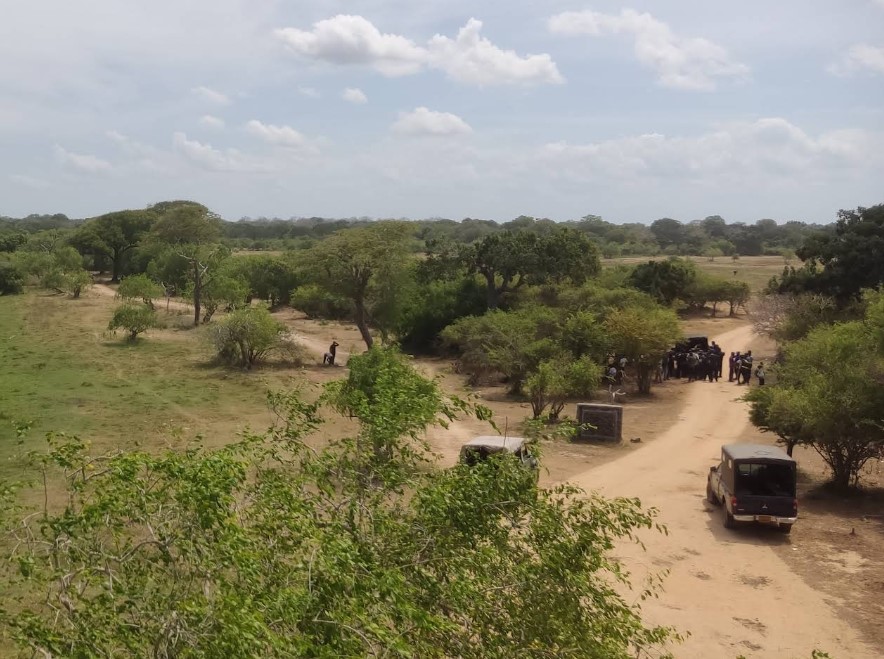
By Car or Taxi (Most Convenient)
From Colombo:
- Route: Colombo → Ratnapura → Wellawaya → Monaragala → Siyambalanduwa → Pottuvil → Panama → Kumana
- Distance: 360 km
- Time: 7–9 hours
- Best Option: Rent a 4WD or hire a taxi/driver if you want a direct and flexible journey.
From Arugam Bay:
- Route: Arugam Bay → Panama (12 km) → Kumana National Park entrance (via sand tracks and jungle roads)
- Distance: 35 km
- Time: 1.5–2 hours
- Note: The last part requires a 4WD vehicle; tuk-tuks or jeeps are available from Panama or Arugam Bay.
By Bus + Local Transport
- Colombo to Pottuvil: Take a long-distance bus (e.g., Colombo–Pottuvil or Colombo–Akkaraipattu).
- Overnight and AC buses available.
- Pottuvil to Panama: Local bus or tuk-tuk (approx. 20–30 minutes).
- Panama to Kumana: Hire a jeep or tuk-tuk (best with a guide). The roads from Panama to Kumana are rugged.
By Train (Partial Route)
Sri Lanka’s railway system does not go directly to Kumana, but you can:
- Take a train to Ella or Badulla (from Colombo or Kandy).
- From there, travel by road: Ella/Badulla → Monaragala → Pottuvil → Panama → Kumana.
It’s a scenic route but slower and requires multiple transfers.
Safari and Tours (Easiest for Visitors)
If you’re visiting Arugam Bay, many local tour operators offer half-day or full-day safaris to Kumana National Park. This is the easiest and most reliable option for tourists:
- Includes jeep, driver, guide, entrance ticket
- Depart early morning (around 5:30–6:00 am)
- Return by afternoon
Travel Tips
- Best time to visit: April to July for birdwatching; May to September for dry weather.
- Vehicle: A 4WD is essential due to rough terrain inside the park.
- Tickets: Buy entrance tickets at the park gate (or included in tour packages).
- Guides: Highly recommended for spotting wildlife and explaining park ecology.
